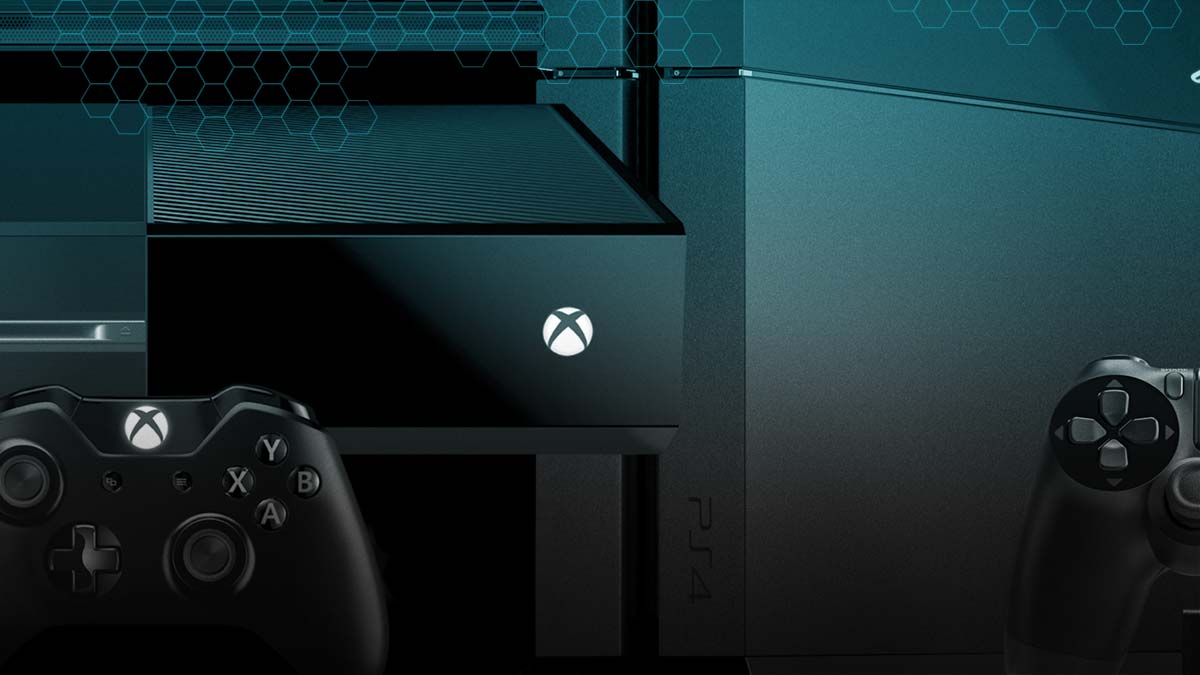The new console generation is in full swing, with the PlayStation 4 and Xbox One slowly making their way into households around the world. While media center and increased social networking capabilities have been touted as big improvements, most gamers continue to judge consoles on two major factors; game exclusives and graphics.
The question is; what kind of graphical upgrades will the new consoles usher in?
Remember the titans
The PS3 and Xbox 360 really proved their worth as gaming work-horses since their introduction nearly a decade ago. One of the main differences between the generations is that the 360/PS3 represented a massive graphical upgrade when they entered the fray. This was of course due to the introduction of HD capabilities. There was simply no comparing Xbox/PS2 titles to the new systems.
The same unfortunately cannot be said for the new consoles. PS4 and Xbox One content definitely looks good, but it can’t really be considered a “leap” as was the case with past generation shifts.
We must however remember that games released early in a console’s lifespan are usually visually far inferior to later titles. The difference between something like Call of Duty 3 (a PS3 launch title), and The Last of Us is astounding when you realize they run on the same system.
Once they do come into their own though, what kind of visual shifts will the new consoles bring to the table?
Tech specs
Taking a quick look under the hood, we see that both consoles utilize x86 AMD APU’s, meaning hardware-wise they are laid out much more like PCs than previous generations. This also means that (hopefully) future PC-ports won’t suffer from the backwards incompatibility issues that has crept up in the past.
The same 8-core AMD Jaguar CPU serves in both devices; the PS4 clocked at 1.6 GHz and the Xbox One at 1.75 GHz (virtually identical). Custom Radeon GPUs roughly comparable to the mid-range HD 7870 can be found in both systems, with the PS4’s GPU having a bit of an edge. A slight gap starts appearing when it comes to RAM though, with both sporting 8GB, but the PS4 making use of newer GDDR5 memory, while the Xbox One sticks with the older DDR3.
On paper therefore, the PS4 has somewhat of a tech advantage over the Xbox One. The difference isn’t likely to be obvious during the first year or so, but the PS4 may start pulling away as the systems mature. This of course depends on how developers utilize the tools at their disposal.
True high definition
The previous generation may be famous for its introduction of “HD” gaming to our living rooms, but most of the time “HD” was more of a promise and less of a reality.
The cold hard truth is that even when we were gaming on our expensive 1080p HDTVs, most PS3/Xbox 360 games were rendered in 720p and then upscaled to fit your TV resolution.
Thankfully, the PS4 and Xbox One have thus far taken the true 1080p promise to heart, resulting in clearer and crisper images in-game. The only downside is that high-end PC’s already support 4K gaming (the next big upgrade), and chances of the technology coming to consoles remain dubious at best.
Pixel perfect
Apart from bumping up the resolution, one of the most noticeable visual upgrades lies in high dynamic range lighting. This allows improved lighting and shadows to be rendered in-game, allowing for a more realistic aesthetic and improving detail in both bright and low-light environments. Everything from leaves blowing in the wind to sunlight reflected in a space marine’s visor will look better than ever before.
Frame-rate drops which plagued certain titles is also set to become a thing of the past, as more and more next-gen games are running at 60fps. This allows for a generally smoother gameplay experience; its effects being particularly noticeable in fast-paced games such as FPS’s.
Virtual reality and PC
While motion capabilities exist for both consoles, gamers haven’t exactly fallen in love with the idea. We do have an exciting future peripheral potential in the form of VR (virtual reality) headsets like the Oculus Rift though, something that is bound to cause much more excitement among gamers than “motion tennis”.
Several rumors have been making the rounds since before the consoles were released, and given the general hype around VR headsets as well as new manufacturers entering the market, it seems like not attempting to create a console version of the technology would be a big waste. Just imagine sitting on the couch playing Forza or GTA V on a VR headset, now that sounds like more of a leap.
Thanks to upgrades to both hardware and online capabilities new genres and traditionally PC-exclusive games will also continue their spread among devices. Bethesda’s upcoming The Elder Scrolls Online is a prime example of this.
The bottom line
At the end of the day we don’t have a massive graphical evolution on our hands; what we have instead is a shift towards universal devices. The PS4/Xbox One are closer to PCs than ever before, both in capabilities and infrastructure. Of course the PC will continue to soar ahead in terms of raw power, but moving towards more inclusive gaming seems like a good sign to me.
At least for the moment, don’t expect to be wow’ed by the 8th generation. We simply have to give developers time to sift through the sand and uncover the real gems of the “next generation”.


 …WOOLY DESERVES BETTER LOL!
…WOOLY DESERVES BETTER LOL!